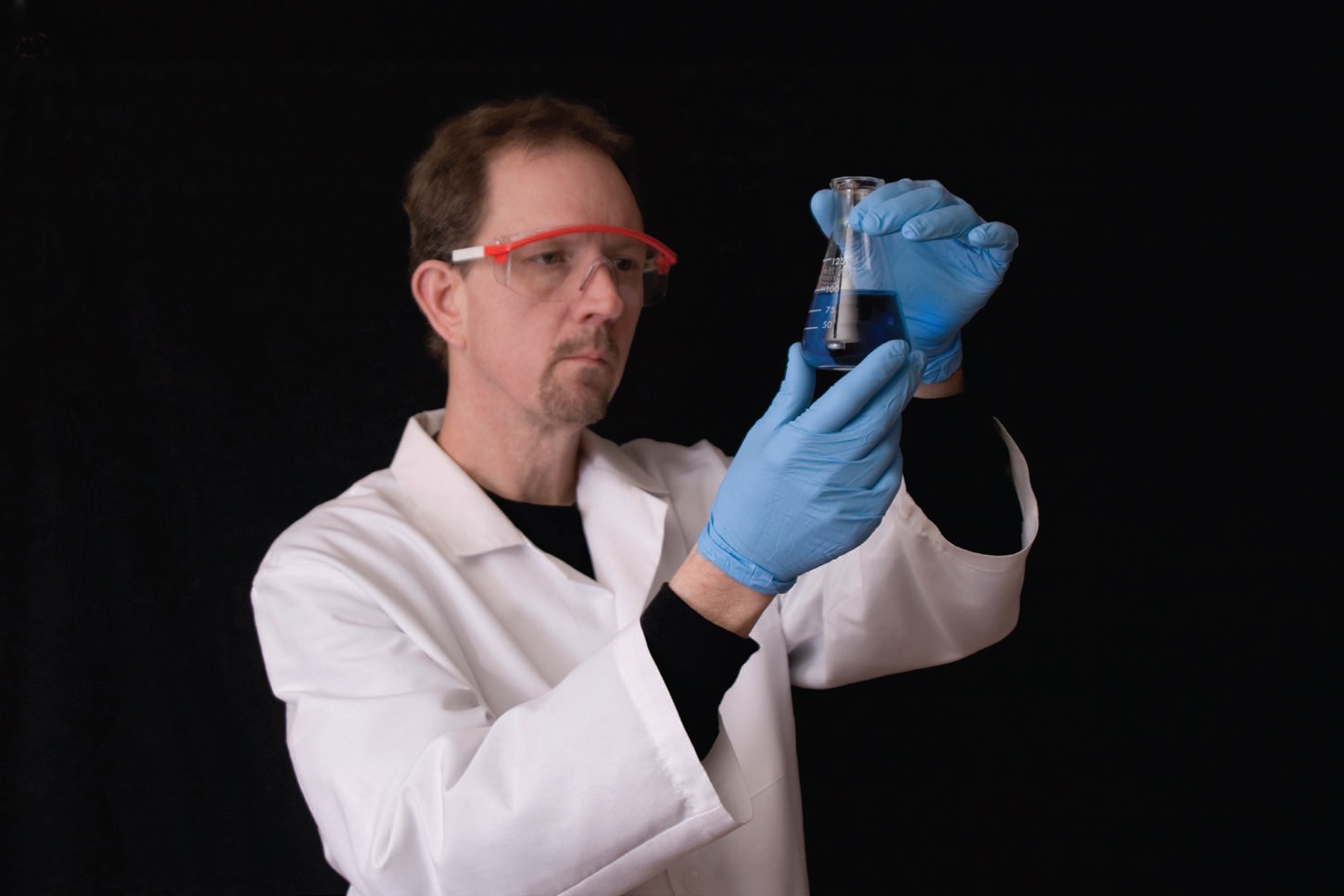The name’s the game
Dr. Robert M. Gresham, Contributing Editor | TLT Lubrication Fundamentals October 2010
When South Jersey meets the Deep South, it’s the Queen’s English (and MWF practitioners) who suffer.

KEY CONCEPTS
•
The term ‘soluble oil’ has been around for a very long time in the metalworking industry and has definite meanings.
•
In the 1800s, folks characterized emulsions as soluble oil. This was, in fact, a misnomer.
•
Old habits die hard, and the soluble oil term is still used in many plants today.
I started my first real job working for DuPont at the company’s Chambers Works site in Deepwater, N.J., with my bright, shiny new doctorate literally in my hand. I say literally because they photographed it.
Anyway, I was confronted by a series of new but unrecognizable names for things otherwise familiar to me. Some of the more notable were “2B Alcohol” and “Tolyene.” Having attended school in the South, a favorite to my sweet, southern-accent-tuned ear was “Wuddereyece.” At least that is what it sounded like. Yeah!
When my South Jersey-born technician used these terms, I gave him that deer-in-the-headlights look of total and absolute incomprehension. This prompted from him, “Ey, man, I tawt you had a doctorate! Don’t youse know nuttin’?” Ah, no, apparently I did not—at least in that context.
Most of my experience was with reagent-grade solvents and materials from companies like Fischer Scientific, Eastman Chemical and the like. These non-commercial-grade materials either had different names or carried names by customs of the inmates at the Chambers Works.
So 2B Alcohol was, in fact, what I had called Absolute Alcohol, which is anhydrous (no water). However, it did contain 2% benzene as a contaminant, a consequence of distilling off the water—hence the 2B. Tolyene was South Jersey for Toluene. I’ve not figured the why of this one, unless there is something mystical or unpronounceable about words containing “ue.” However, my all-time favorite was Wuddereyece.
When I asked my technician for “aahhce” (remember in those days I had a Georgia-style southern accent), what I got was the question, “Youse mean wuddereyece?” This, I somewhat later learned, with much head-shaking and similar negative body language, meant “water ice.” Why “water ice” and not just ice (or aahhce as properly pronounced)? Answer: to differentiate water ice from dry ice—frozen carbon dioxide. It is simple enough once you know the names and practice the pronunciations.
THE ‘SOLUBLE OIL’ QUESTION
The above examples bring me to the point of this article. During one of our STLE Certified Metalworking Fluids Specialist (CMFS) certification subcommittee meetings, we got into a minor snit over the use of the term “soluble oil” in the stem of one of the exam questions. As it so happens, the soluble oil term has been around for a very long time in the metalworking industry and has definite meanings.
In 1883 Frederick W. Taylor, regarded as the father of scientific management in steel mills in Bethlehem, Pa., and Philadelphia (guess he was the first true CLS), began experimenting with water as a metalworking cooling fluid. He discovered one of the metalworking industry’s holy dictums:
Keep the tool/workpiece interface cool, and the tool will cut better and longer. While he probably didn’t know it, water’s high heat of vaporization does indeed make it ideal as a coolant. Over time they also discovered that lubricating this interface also contributed to the quality and quantity of metal-removal by the cutting tool.
So with the development of colloid and surface chemistry science, chemists learned to emulsify lubricating oil in the cooling water to make a stable coolant with lubricating properties. For you non-chemical types, an emulsion is a stable form of an oil (hydrophobic) material in water. Milk is one of the most common forms of an emulsion and is made stable by naturally occurring surfactants (which are kind of like soap). Equally, oil-in-water emulsions are made stable, in part, by proper use of surfactants.
These early folks characterized emulsions as soluble oil. However, this was, in fact, a misnomer. In a true solution, the oil would have to dissolve completely into the water, resulting in a clear, perhaps slightly colored liquid, which is quite stable. True emulsions are opaque but otherwise stable unless you do something to upset the surfactant system used to emulsify the oil. For example, if you add vinegar to milk, you break the emulsion and make buttermilk. Thus, it was this stability that resulted in the term soluble oil, as it was as stable as if the oil was dissolved in water.
A century later we find all manner of colloids, emulsions, dispersions and suspensions around us in foods, cleaners, cosmetics, paints and most certainly MWFs. With the development of synthetic lubricants for MWFs, which can be true solutions, we have now introduced genuine ambiguity in our use of the language, as these synthetics are truly soluble oils, not emulsions. But old habits die hard, and the soluble oil term is still used in many plants today.
For the STLE certification team, this poses a problem, especially when one considers that an individual taking the exam might be from another country where use of the language might not even include the term soluble oil. Indeed, any such certification exam question about the use or composition of soluble oils could be interpreted just as easily to be a synthetic as an emulsifiable oil. No proper certification question should have any ambiguity regarding what is being asked.

In the meantime, STLE’s MWF Certification subcommittee spends much of its time carefully writing exam questions to remove any doubt about what is being asked. Likewise, the MWF Education subcommittee has been meticulously vetting its course presentations to teach these differences in custom and terminology and to encourage the proper use of the term “emulsifiable oils” instead of “soluble oils.”
Speaking of which, STLE is offering a two and a half-day MWF management certificate course, Nov. 2-4, at the Engineering Society of Detroit facility in Southfield, Mich. This year’s course lineup includes presentations led by industry-renowned experts Gary Rodak of Machining Efficiencies, Inc., and Dr. Fred Passman of BCA, Inc., as well as interactive case histories, learning games and a brief test covering material presented during the course. Those passing the test will receive a special certificate.
This course is ideal for those reviewing and preparing for STLE’s CMFS certification examination. To register, log on to
www.stle.org or call (847) 825-5536. Class size is limited!
 Bob Gresham is STLE’s director of professional development. You can reach him at rgresham@stle.org
Bob Gresham is STLE’s director of professional development. You can reach him at rgresham@stle.org.